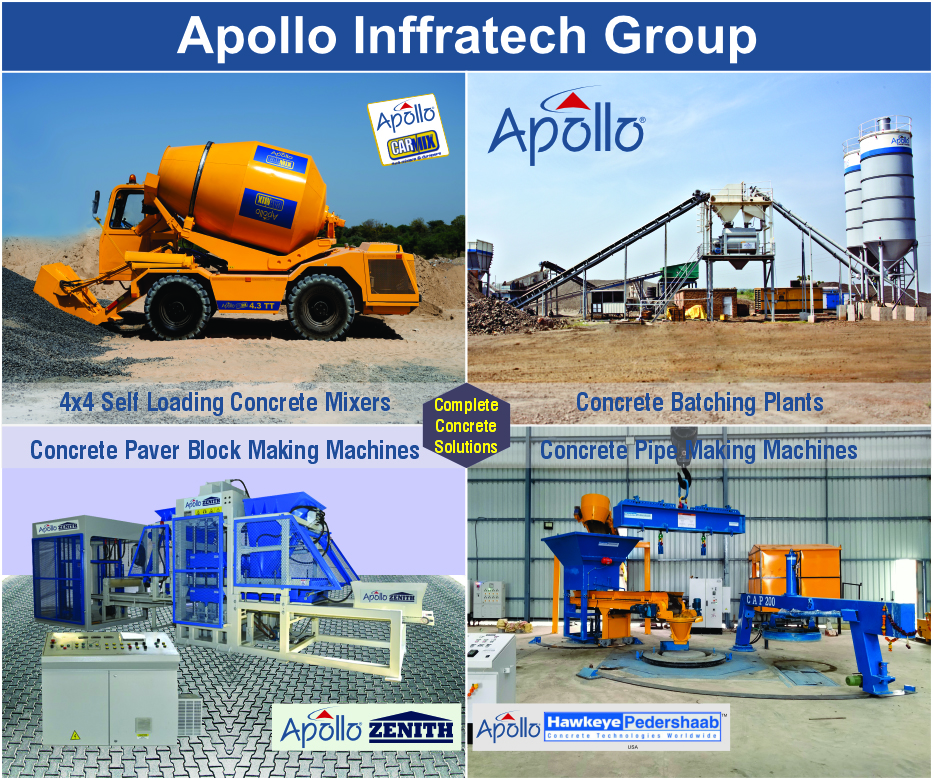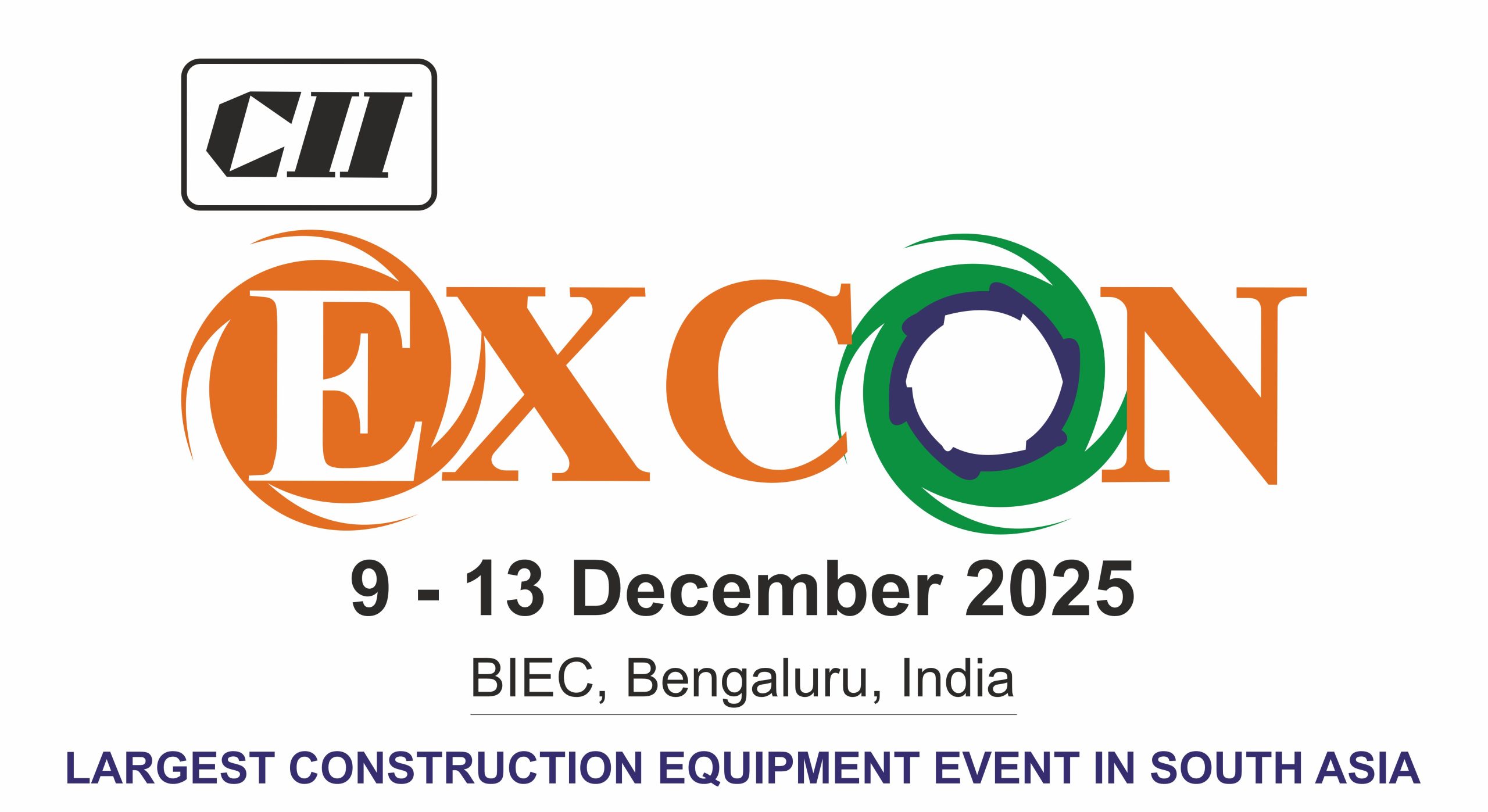India’s real-estate landscape is gearing up for a significant shift in 2026 as investor eyes turn to emerging smart zones and secondary cities alongside traditional metros. According to recent analysis, future demand is being driven by three key pillars: robust infrastructure rollout, improved urban amenities and the flight of capital toward lesser-known but high-growth regions.
Major metros continue to attract interest thanks to established ecosystems; however, it is at the intersection of transit corridors, new-town expansions and industrial hubs where the steepest appreciation is expected. Cities outside the top-tier are gaining traction as they benefit from spill-over growth, more affordable price entry-points and strong demand from both end-users and investors.
Residential developers are strategically aligning new launches with upgraded connectivity, mixed-use formats and experiential living, not just basic housing. The rise of work-from-home, hybrid workplaces and demand for lifestyle amenities are reshaping buyer priorities. End-users are no longer just buying a home; they are investing in a micro-ecosystem of education, healthcare, green space and seamless mobility.
For investors and home-buyers alike, the rule of thumb for 2026 is: favour locations where infrastructure delivery is visible, supply side is controlled and price-to-growth potential remains high. While risk is always inherent, especially around oversupply or delayed approvals, well-chosen destinations offer a compelling blend of capital appreciation and usability. As the real-estate market matures, the smart money is shifting, from mere location premium to future-ready geography.










